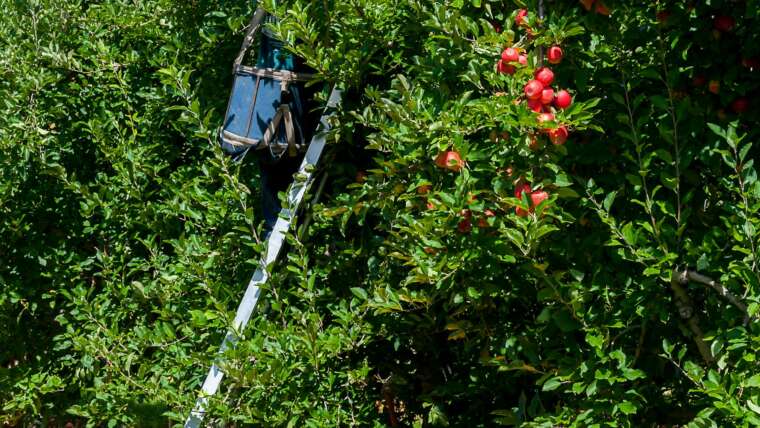 The global gardening industry continues to grow, with people from one side of the world to the next partaking in this activity. Some people do so for the fun of it. Others do so because they want their home to stand out. And of course, there are those who garden because they enjoy growing their own food.
The global gardening industry continues to grow, with people from one side of the world to the next partaking in this activity. Some people do so for the fun of it. Others do so because they want their home to stand out. And of course, there are those who garden because they enjoy growing their own food.
Unfortunately, there are times when gardening can result in injury. If that happens, you must receive immediate medical attention. Letting an injury linger has the potential to cause long-term damage, and that’s not a risk you should be willing to take.
The best way to treat gardening injuries is to prevent them in the first place. And that all starts with learning more about the most common injuries. Here’s a list of five:
Table of Contents
1. Muscle strain or sprain
Muscle strains and sprains are common among gardeners. Even if you take the right steps to protect yourself — such as avoiding heavy lifting — you never know when you could injure a muscle. While this isn’t the most serious injury, it can still cause pain and discomfort for an extended period of time.
2. Broken bones
There are many ways you can break a bone when working outdoors. From your skull down to your feet, every bone in your body is at risk. Not only does this injury cause pain, but it can keep you away from your garden — and the other things you love — for several months.
For example, if you slip and fall while carrying a heavy object, you could break an arm or leg. Or if you drop something on your foot, you could break one or more bones.
3. Scrapes and abrasions
You may not consider these serious injuries, but if you’ve suffered from one or both in the past you know just how painful they can be. There are ways to prevent scrapes and abrasions, such as wearing gloves, long sleeves, and long pants. This keeps your skin out of harm’s way.
Even minor scrapes and abrasions have the potential to cause pain. That’s especially true if you don’t clean it right away, as you increase the risk of infection. Don’t let this seemingly minor injury turn into something major.
4. Dehydration
This is a big concern during the hot summer months, especially when you’re enjoying yourself outdoors. It’s easy to get so caught up in your gardening that you forget to stay hydrated. Soon enough, a headache may set in along with dizziness, nausea, and a variety of other side effects of dehydration.
It’s imperative to keep a bottle of water — or another hydrating beverage — nearby at all times. If you feel like dehydration is setting in, move to a shady area while you hydrate and recover. It’s generally best to take the rest of the day off, too. You don’t want to push so hard that you end up making things worse.
5. Torn ligaments
This is among the most serious gardening injuries, as it generally requires immediate medical attention. And depending on the severity, it could result in surgery. For instance, a torn ACL or MCL is often best repaired through a surgical procedure. Should that be necessary, it’ll require you to stay off your feet, which will keep you out of your garden.
How to Protect Yourself
There is no guaranteed way to prevent gardening injuries, but that doesn’t mean you shouldn’t try. You can do things such as:
-
Asking for help if you need to lift a heavy object
-
Removing all debris and trip hazards from your workspace
-
Taking regular breaks
If you do all of these things and still run into trouble, immediately stop what you’re doing to assess your situation and plan out your next steps. You can treat a minor injury, such as a pulled muscle, at home with products like CBD muscle balm. But for more serious injuries, a trip to your doctor or an urgent care facility may be necessary.
Final Thoughts
Don’t let the potential for injury chase you away from your garden. Just make sure that you’re doing everything you can to remain safe and healthy at all times. This will give you the confidence you need to enjoy the time that you spend outdoors.


